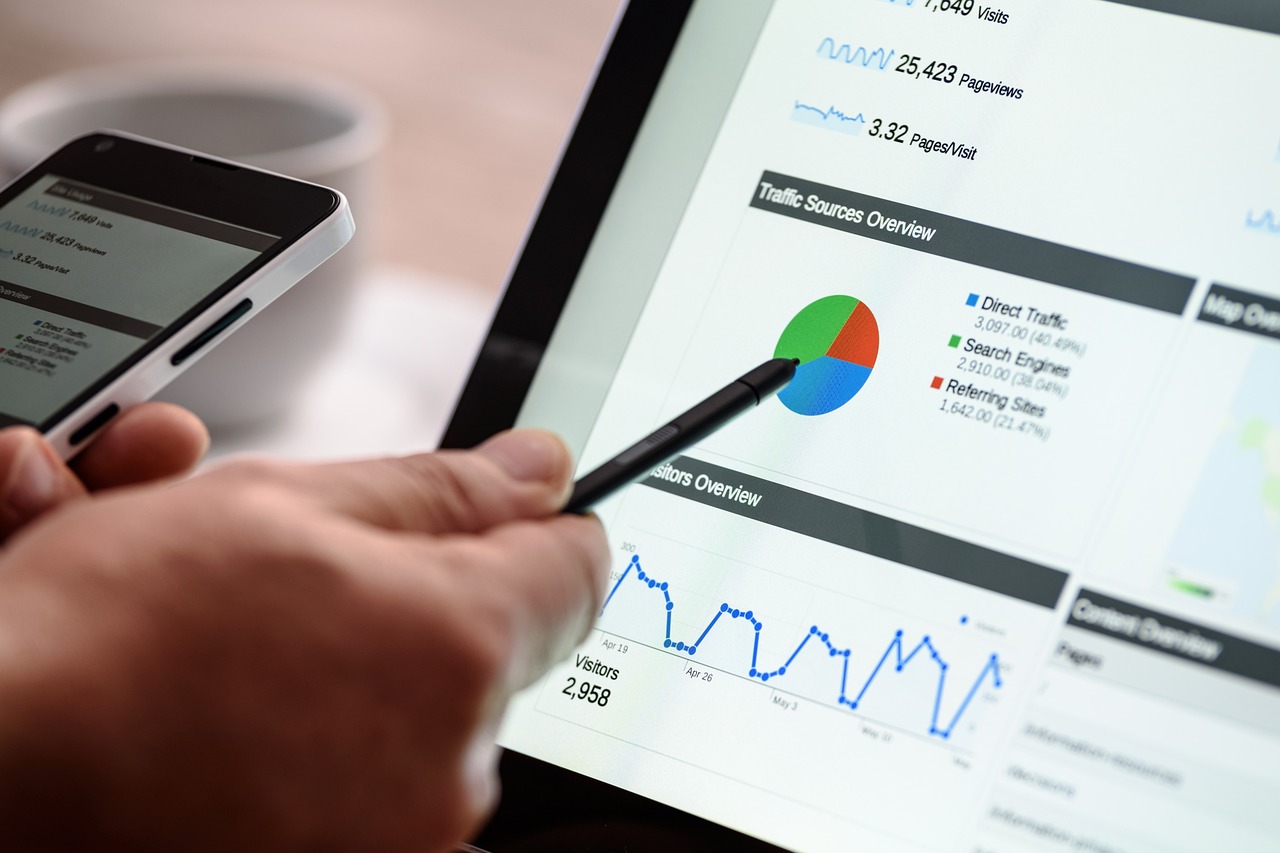
HTML Headings Tags
Headings tags are an essential part of on-page seo as they provide structure and hierarchy to your webpage’s content. By using heading tags properly, you can improve the user experience on your site, as well as help search engines understand the significance of different sections on your page. In this article, we will explore the various ways to unleash the power of on-page seo factors through effective use of heading tags.
Introduction
On-page seo refers to the optimization techniques that you can implement directly on your website to improve its visibility in search engine results pages (SERPs). It focuses on enhancing the content, HTML source code, and overall user experience of your webpages. By leveraging on-page seo factors, you can effectively communicate your page’s relevance to search engines, improving your chances of ranking higher and driving organic traffic. One crucial aspect of on-page optimization is the proper implementation of heading tags.
Why Heading Tags are Important for On-Page seo
Heading tags, also known as H1-H6 tags, provide a hierarchical structure to your webpage’s content. They indicate the importance and relationships between different sections of your content. By utilizing heading tags according to best practices, you can help search engines understand the topical relevance and organization of your content. Here are a few ways heading tags contribute to on-page seo success:
1. seo-friendly Content Structure: Heading tags allow you to divide your content into logical sections, making it easier for users and search engines to understand your page’s content structure. When search engines crawl your webpage, they rely on heading tags to determine the main topic of each section, which helps them to index and rank your page appropriately.
2. Keyword Optimization: Heading tags provide opportunities to include relevant keywords that you want to rank for. While it’s important to use keywords naturally and avoid keyword stuffing, placing important keywords in heading tags can signal their relevance to search engines.
3. User Experience: Heading tags also play a crucial role in enhancing the user experience of your webpage. Well-structured content with clear headings makes it easier for visitors to scan and navigate through your page, improving their overall experience. This can lead to longer dwell times, more engagement, and reduced bounce rates – all positive signals that search engines consider when ranking pages.
Best Practices for Using Heading Tags
To make the most out of heading tags for on-page seo, it’s important to follow some best practices. Here are some key guidelines to keep in mind:
1. Use a Single H1 Tag: Each webpage should have a single H1 tag, which should ideally contain the primary keyword or key phrase related to the page’s content. The H1 tag helps search engines understand the main topic of your page.
2. Use Heading Tags in Hierarchical Order: Use H2 tags for subheadings within your content. If you need further divisions, use H3, H4, and so on, but try to maintain a logical structure. This hierarchical order helps search engines understand the relationships between different sections of your content.
3. Utilize Keywords Naturally: Include relevant keywords in your heading tags, but ensure they fit naturally within the context of your content. Avoid keyword stuffing, as this can lead to penalties from search engines.
4. Keep Heading Tags Concise: Heading tags should be concise and descriptive, providing a clear overview of what readers can expect from each section. This helps users quickly understand the content’s relevance and piques their interest.
Conclusion
By implementing effective on-page seo strategies and utilizing the power of heading tags, you can improve the visibility, relevance, and user experience of your webpage. Heading tags provide both search engines and users with a clear understanding of your content’s structure and importance. By following best practices, such as using a single H1 tag, organizing content hierarchically, and utilizing keywords naturally, you can optimize your page for better search engine rankings and ultimately drive more organic traffic.
FAQs
Q: Can I use multiple H1 tags on a single webpage?
A: No, it is recommended to use a single H1 tag on each webpage. The H1 tag should accurately reflect the main topic of your page.
Q: Are there any character limits for heading tags?
A: While there are no specific character limits for heading tags, it is important to keep them concise and descriptive. Aim for headings that give a clear overview of the section’s content without being excessively long.
Q: Do heading tags impact my website’s mobile optimization?
A: Heading tags are an integral part of mobile optimization. By using heading tags properly, you can improve the mobile user experience, making it easier for visitors to navigate and understand your webpage’s content.
Q: Should I use CSS styles for heading tags?
A: Using CSS styles for heading tags can enhance the visual appeal of your webpage. However, it is important not to overdo it or deviate from the intended purpose of heading tags. Keep the styling minimal and avoid any changes that may impact the readability or accessibility of your content.
Q: Can heading tags alone improve my website’s search engine rankings?
A: Heading tags are a crucial part of on-page seo but should be used in conjunction with other optimization techniques. While optimizing your heading tags can improve your website’s visibility, it is important to focus on overall content quality, mobile optimization, page loading speed, and other factors that contribute to search engine rankings.





